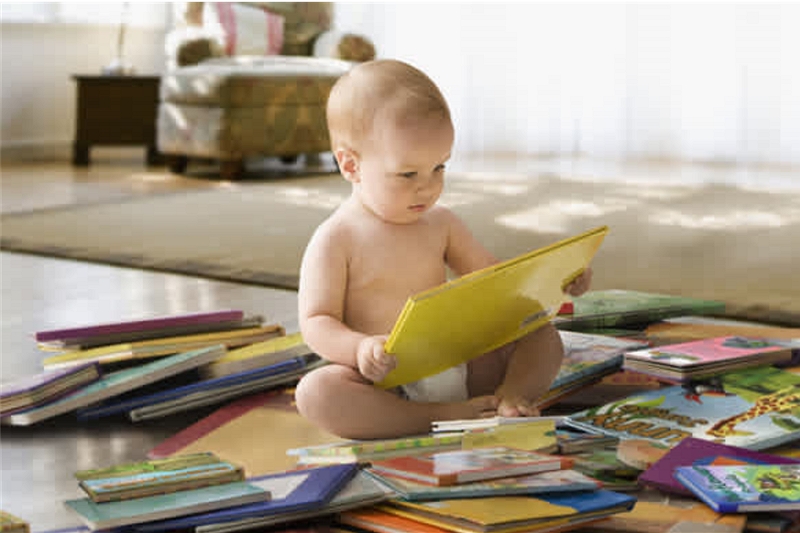How to draw baby animals book? One way to learn how to draw baby animals is by looking at pictures of real babies and copying what you see.
This works especially well for mammals, since they have similar features regardless of the species.

Another way to learn how to draw baby animals is by using reference photos. Find a photo of a baby animal that you would like to draw, and then print it out or save it on your computer. Once you have your reference image, enlarge it so that it takes up most of your screen.
Now use tracing paper to trace over the outline of the baby animal. Don’t worry if your drawing doesn’t look perfect – just focus on getting the shapes and proportions correct. Once you have traced the outline, you can remove the reference image and start filling in the details.
The third way to learn how to draw baby animals is by using real life models. It doesn’t matter whether they are cats or dogs, horses or cows; if you have access to them, then use them!
The best part about drawing from real life is that it will train your hand-eye coordination as well as teach you about different animal anatomy.
For example, when drawing a cat, notice how its fur looks very different from dog fur (especially around the eyes). Also note how a horse’s legs bend differently than those of a cow.
These small differences make all the difference when trying to create an accurate illustration of any living creature – so take advantage of them!
When drawing baby animals, the key is to capture their cuteness. In order to do this, you will need to use softer colors such as pastels or watercolors.
It’s also important not to go overboard with details like flowers and patterns – keep things simple so that your viewer can focus on the animal itself without getting distracted by other elements in the scene. The final touch: make sure you have fun while doing it! Draw what makes YOU happy.
Can you read anything to babies?
Obviously, there is a wide range of ages that you can begin reading to your kid, but do they really understand? In this blog post we will talk about the benefits of reading to babies and what types of books are appropriate.
You may have heard it before: The more parents read aloud with their kids, the better children’s language skills and literacy development will be. A recent study from researchers at Emory University shows that even infants as young as six months old benefit from shared book reading experiences.
The research team examined brain activity when an adult was talking directly to an infant versus when the adult was simply singing or reciting a memorized poem or book during “story time” sessions using functional magnetic resonance imaging (fMRI).
The results showed increased activation in areas of the brain associated with early language development when adults were reading aloud to infants.
How much should I read to my baby?
Reading aloud to your child is one of the most important things you can do with them. It helps develop their imagination, language skills and inspires a love of books that will last a lifetime.
But how much time should be spent reading each day? How many books are enough? The answer varies depending on the age of your child, but there is no upper limit.
Here’s what experts say:
Ages 0-12 Months: At this stage babies don’t understand words yet; they just hear sounds coming from our mouths when we talk or sing songs for example so it doesn’t matter if you repeat yourself every single day or not! You can also start reading picture books to them and pointing out different objects or animals in the pictures.
Ages 12-24 Months: Start reading stories with simple words that your child can understand. They will start to get interested in hearing the same story over and over again so they can follow along. By this age, they should also be able to look at pictures and follow basic storylines in a book.
Ages 24-36 Months: Your toddler is now ready for longer stories with more complicated plotlines. They may even want you to read chapters of their favorite book multiple times! This is also a great time to start introducing them to non-fiction texts like encyclopedias, which will help teach them about the world around them.
Ages 36-48 Months: Your child is now ready for longer stories with more complicated plotlines. They may even want you to read chapters of their favorite book multiple times!
This is also a great time to start introducing them to non-fiction texts like encyclopedias, which will help teach them about the world around them.
At what age should you start reading to your baby?
There is no one answer to this question as it will depend on your baby’s individual development. However, the American Academy of Pediatrics (AAP) recommends starting reading aloud to your baby from birth.
The AAP believes that early literacy exposure can help babies develop a love of books and reading, which can set them up for success in school and beyond. Additionally, reading aloud provides opportunities for parents to bond with their child and helps teach important skills such as vocabulary and communication.
If you are not sure where to start, there are many children’s books available that are specifically designed for new readers. Check out your local library or bookstore for suggestions. And don’t forget – make it fun! Sing along, act out the characters’ roles, and let your baby explore the book on her own.
